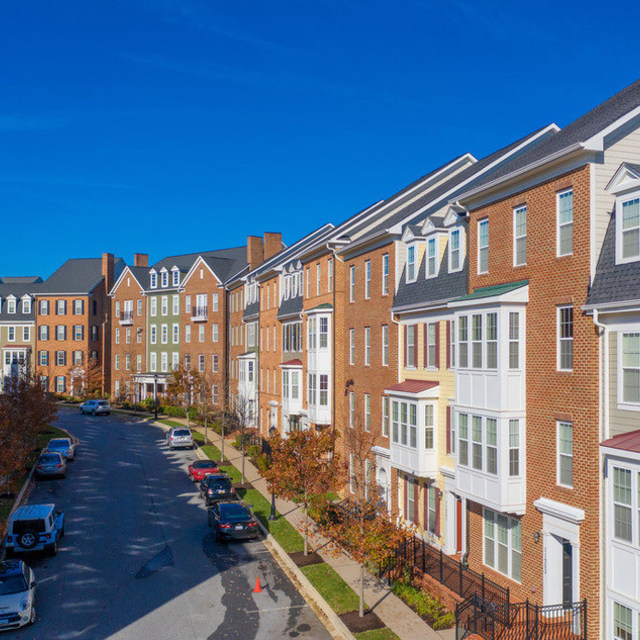Real Estate News
Patience and Cash Are King in Today’s Multifamily Market
With escrows stretching to nearly a year, only adaptable investors and private capital can compete.

LOS ANGELES–Multifamily housing executives gathered in Los Angeles today painted a stark picture of an industry caught between financial reality and stubborn optimism, where nearly every property sale means taking a loss and transactions that once closed in two months now drag on for nearly a year.
The candid assessment emerged during the opening panel at the GlobeSt Multifamily conference, where industry veterans acknowledged that the sector's transactional machinery has essentially ground to a halt. The culprit isn't just high interest rates or market volatility—it's the crushing mathematics of current property values colliding with what owners paid years ago.
"Almost every seller is losing money," said Jerome Fink, Managing Partner at The Bascom Group. "Unless you bought it 10 years ago, you're probably taking a loss." Fink pointed to unrealistic investor expectations and reluctant lenders as additional obstacles choking off deal flow.
The numbers tell the story of an industry in waiting mode. Kitty Wallace, Vice Chair at Colliers, recently closed four separate transactions that each required nearly 12 months to finalize—a timeline that would have been unthinkable in previous market cycles. Otto Ozen, Executive Vice President at The Mogharebi Group, confirmed the dramatic shift in deal velocity: "The 50- to 60-day escrows haven't existed this year—even on conventional deals. Everything is taking more effort."
Yet within this apparent paralysis, some executives see the seeds of opportunity. Wallace framed the current uncertainty as a double-edged sword that rewards patient capital and punishes hesitant players. "Uncertainty is what causes a stall, but it's also what creates opportunity," she said. "If you have patient equity and the ability to execute, there's real potential out there—especially for private capital."
Michael Anderson-Mitterling, Managing Director at George Smith Partners, noted early signs that alternative financing sources are beginning to fill gaps left by traditional lenders. Creative debt structures and credit fund participation are starting to unlock deals, particularly in high-barrier markets like California where conventional financing has become scarce.
The panelists expressed cautious optimism that recent downward movement in interest rates could restore investor confidence and accelerate deal flow. Ozen suggested that sustained momentum could make 2026 "a much more active year," though he acknowledged the industry remains in a careful waiting game.
For now, multifamily professionals continue navigating an environment where opportunity exists for those with capital and patience, while the broader market searches for the stability that could restart the transaction engine.
Check back with GlobeSt.com for more from the GlobeSt. Multifamily event.
Source: Globe St.